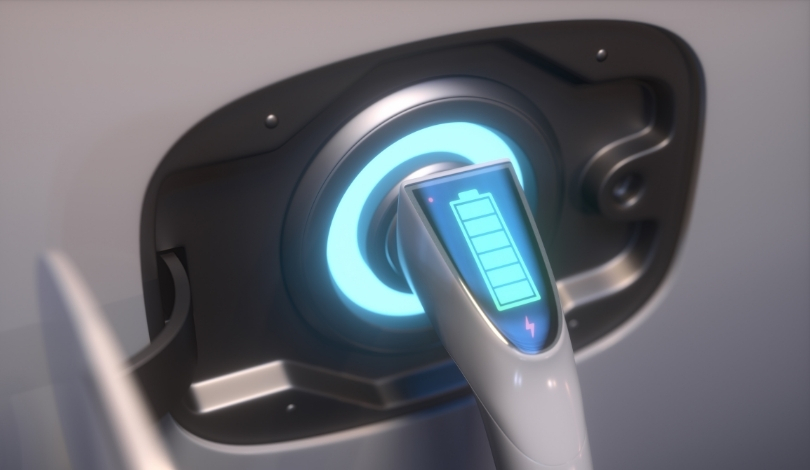IET Power Electronics recently published an article titled “A Triple-LC-Based DC/DC Converter with Wide Input Voltage Gain in Both Under-Resonance and Over-Resonance Frequency Regions,” introducing a new multi-resonant converter. This development addresses the increasing demand for wide voltage range DC/DC converters in various applications, such as telecom power systems, solar power generation, and electric vehicle chargers. Additionally, a 500W experimental platform was created to test the converter’s effectiveness and feasibility, emphasizing its practical application potential.
Innovative Resonance Parameters
The primary advantage of the proposed converter lies in its ability to maintain the output voltage within a narrow frequency regulation range. This is achieved in both under-resonance and over-resonance areas, setting it apart from traditional LLC converters. This advancement means that the converter can achieve a wide voltage range without the need for additional switch components or complex control strategies, simplifying the design and potentially reducing costs.
The article introduces the topology and working principles of the proposed converter, detailing how the resonance parameters are optimized. The equivalent model, which takes into account the fundamental wave, is established to thoroughly analyze the influence of resonance parameters on the voltage gain characteristic. This analytical approach enables precise design and fine-tuning of the resonance parameters for optimal performance.
Experimental Verification
To test the proposed converter’s feasibility, a 500W experimental platform was constructed. This platform was instrumental in demonstrating the converter’s performance under various conditions, verifying its effectiveness in practical scenarios. The results indicate a promising potential for wide adoption in applications requiring reliable and efficient voltage conversion.
Similar converters have been proposed in the past, but they often required additional components or sophisticated control mechanisms, leading to increased complexity and cost. The new design addresses these issues by maintaining simplicity while achieving a broad input voltage range. Previous studies highlighted the challenges of managing frequency regulation in wide voltage applications, which the new converter effectively mitigates through its innovative resonance parameter design.
Comparing with earlier implementations, this new converter exhibits a more streamlined design, focusing on ease of integration and consistent performance across varying resonance conditions. Its practical application has been robustly validated, underscoring the advancements made over previous technologies.
The practical implications of this converter are significant for industries reliant on efficient power management systems. By simplifying the design and reducing the need for additional components, costs can be lowered, and reliability can be enhanced. Future research could explore scaling the converter for higher power applications or integrating it into existing systems to further validate its performance and potential benefits.










